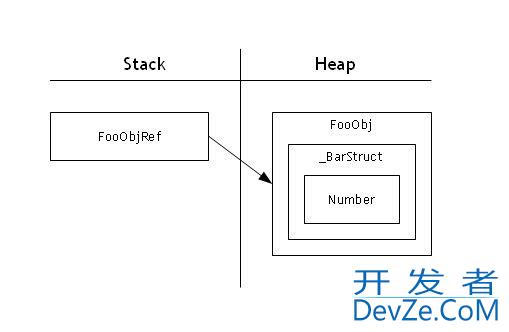I am exploring the lower level workings of th开发者_Go百科e system, and was wondering how malloc determines the start address of the heap. Is the heap at a constant offset or is there a call of some s
I saw a question yesterday which raised (for me) another question. Please look at the following code:
if i have the foll开发者_运维知识库owing code: for (...) { A a; } would a be allocated on the heap or on the stack?When you say:
I know that every running process has pages associated with it in virtual memory and few of them will be loaded into main memory as required. I also know that program will have a stack and also a heap
so in c++ it\'s very easy. you want whatever class/struct to be allocated on the heap, use new. if you want it on the stack, don\'t use new.

I\'m getting confused with what happens on the stack and heap in respect to value type properties in classes.
I want to do DFS on a 100 X 100 array. (Say elements of array represents graph nodes) So assuming worst case, depth of开发者_如何学编程 recursive function calls can go upto 10000 with each call taking
I wonder if stack size can grow like heap does du开发者_开发百科ring runtime?The amount of stack used certainly increases, as you allocate local variables and make function calls. Whether the stack\'s
Consider the following code: class myarray { int i; public: myarray(int a) : i(a){ } } How can you create an array of objects of myarray on the stack and how can you create an array of objects on
Closed. This question is opinion-based. It is not currently accepting answers. Want to improve this question? Update the question so it can be answered with facts and citations by editing